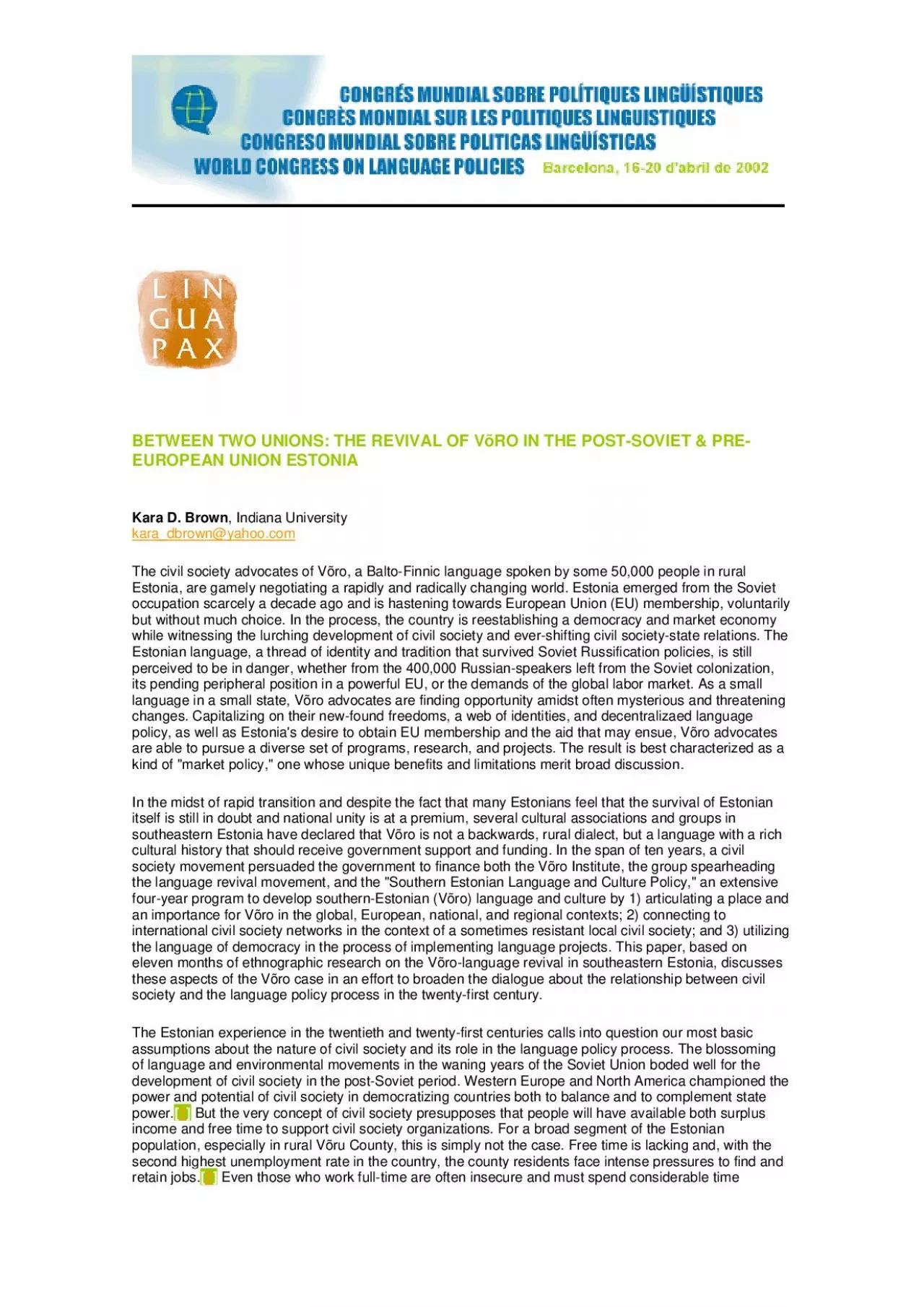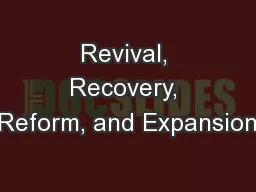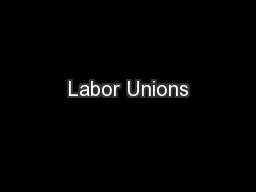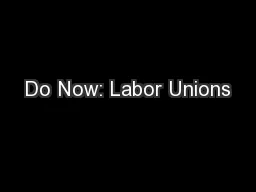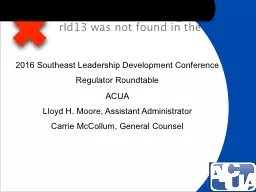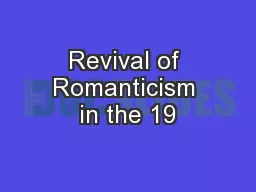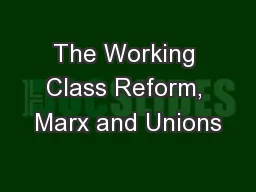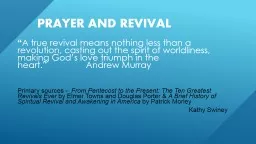PDF-BETWEEN TWO UNIONS THE REVIVAL OF VRO IN THE POSTSOVIET PRE
Author : della | Published Date : 2021-06-19
EUROPEAN UNION ESTONIA Kara D Brown Indiana University karadbrownyahoocom The civil society advocates of Võro a BaltoFinnic language spoken by some 50000 people
Presentation Embed Code
Download Presentation
Download Presentation The PPT/PDF document "BETWEEN TWO UNIONS THE REVIVAL OF VRO IN..." is the property of its rightful owner. Permission is granted to download and print the materials on this website for personal, non-commercial use only, and to display it on your personal computer provided you do not modify the materials and that you retain all copyright notices contained in the materials. By downloading content from our website, you accept the terms of this agreement.
BETWEEN TWO UNIONS THE REVIVAL OF VRO IN THE POSTSOVIET PRE: Transcript
Download Rules Of Document
"BETWEEN TWO UNIONS THE REVIVAL OF VRO IN THE POSTSOVIET PRE"The content belongs to its owner. You may download and print it for personal use, without modification, and keep all copyright notices. By downloading, you agree to these terms.
Related Documents

